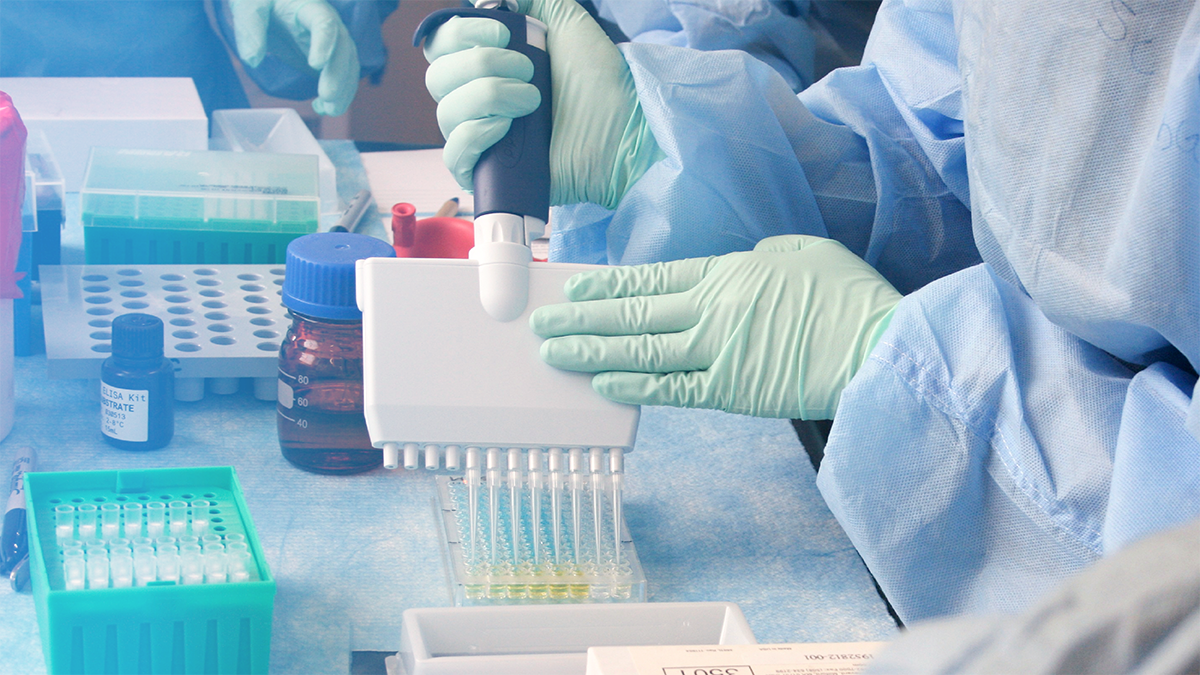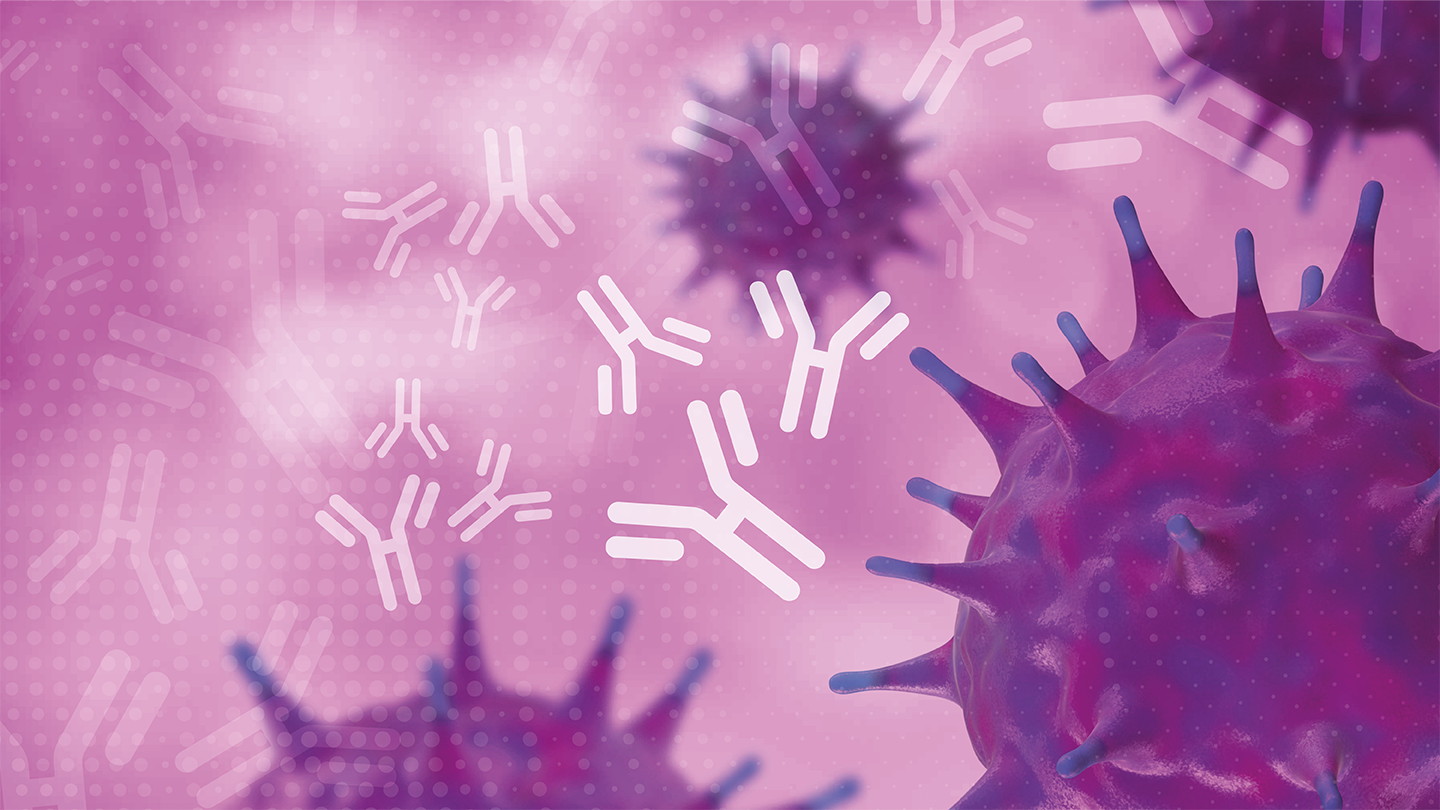Research Roundup
From emerging SARS-CoV-2 variants to mpox immunity, we bring you the latest research and news in infectious disease
Making the rounds. The XBB sublineage of SARS-CoV-2 continues to spread worldwide and poses a risk to some groups, including immunocompromised individuals. EG.5.1 – a descendant of XBB – is now on the rise and has been declared a variant interest by the World Health Organization, causing scientists to dig a little deeper. They found that EG.5.1 does not show an increased ability to enter cells, but it can evade neutralizing antibodies better than other currently circulating sublineages (1).
Never ending cycle. Vaccine misinformation has been rife on social media since the COVID-19 pandemic began, causing experts to call out the platforms for not doing enough to stop its spread. New research shows Facebook’s vaccine misinformation policy during COVID-19 failed to reduce overall engagement with anti-vaccine content (2). Both pro- and anti-vaccine content were removed, but this only increased misinformation and more polarized anti-vaccine content.
Slow and steady. Frequent dosing – and therefore reduced adherence – is one of the main challenges of long-acting injectables for HIV treatment. This is a problem researchers are trying to solve, and a new hydrogel may provide a promising solution. The injectable gel slowly releases the antiretroviral drug lamivudine, and has been shown to maintain therapeutic drug levels in mice for over 40 days (3).
Immunity investigation. Researchers have studied individuals with mpox reinfection or infection after vaccination since May 2022 (4). Individuals with repeat infection or post-vaccination infection exhibited milder clinical presentations than those with infection during the early 2022 outbreak. They also had fewer mucosal lesions, a reduced need for analgesia, and fewer hospitalizations. The findings suggest that, although natural or vaccine-induced immunity may not fully protect against mpox infection, they may reduce disease severity and duration.
Testing, testing. Researchers have developed a modified LAMP amplification method – with self-assembling DNA nanoballs and impedance-based electrical detection – that enables label-free, quantized measurements of viral load, including SARS-CoV-2 (5). When integrated into a standalone diagnostic device, it should provide an inexpensive, sensitive method for detecting infection in under one hour.
References
L Zhang et al., “Neutralisation sensitivity of SARS-CoV-2 lineages EG.5.1 and XBB.2.3,” Lancet Infect Dis, 23, e391 (2023). PMID: 37716358.
DA Broniatowski et al., “The efficacy of Facebook’s vaccine misinformation policies and architecture during the COVID-19 pandemic,” Sci Adv, 9, eadh2132 (2023). PMID: 37713497.
H Wang et al., “Constructing Antiretroviral Supramolecular Polymers as Long-Acting Injectables through Rational Design of Drug Amphiphiles with Alternating Antiretroviral-Based and Hydrophobic Residues,” J Am Chem Soc, [Online ahead of print] (2023). PMID: 37747991.
A Hazra et al., “Mpox in people with past infection or a complete vaccination course: a global case series,” Lancet Infect Dis, [Online ahead of print] (2023). PMID: 37678309.
M Tayyab et al., “Digital assay for rapid electronic quantification of clinical pathogens using DNA nanoballs,” Sci Adv, 9, eadi4997 (2023). PMID: 37672583.





